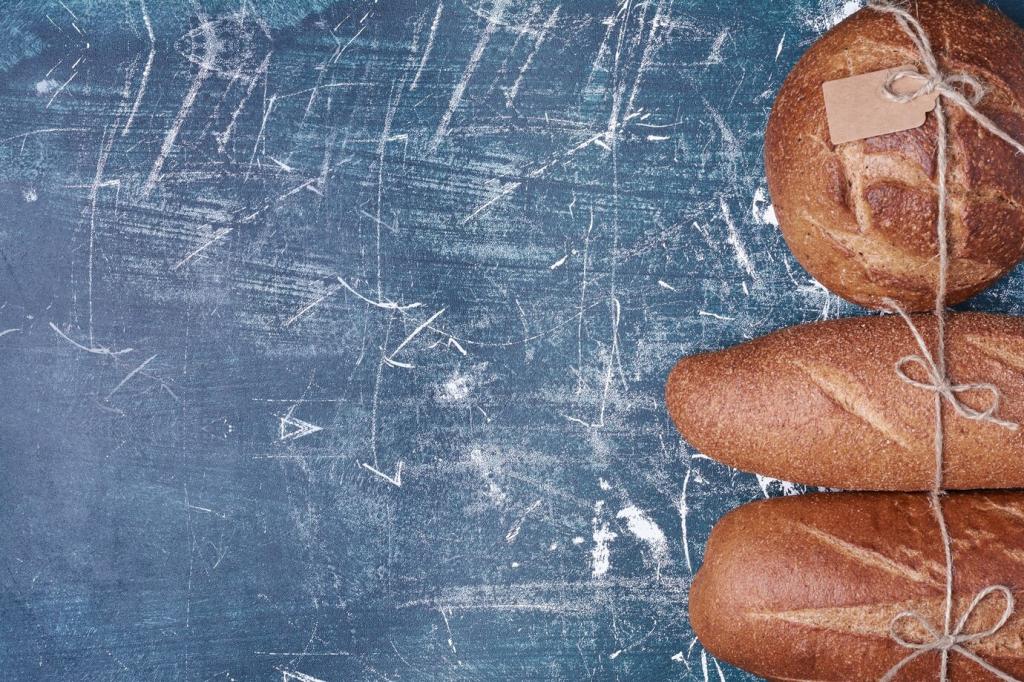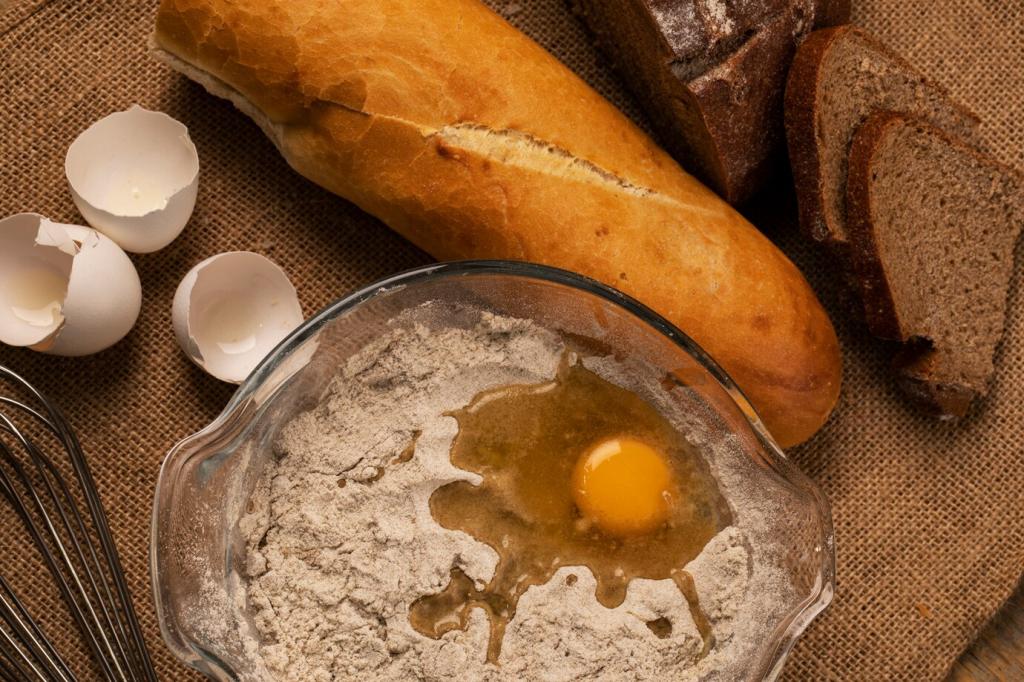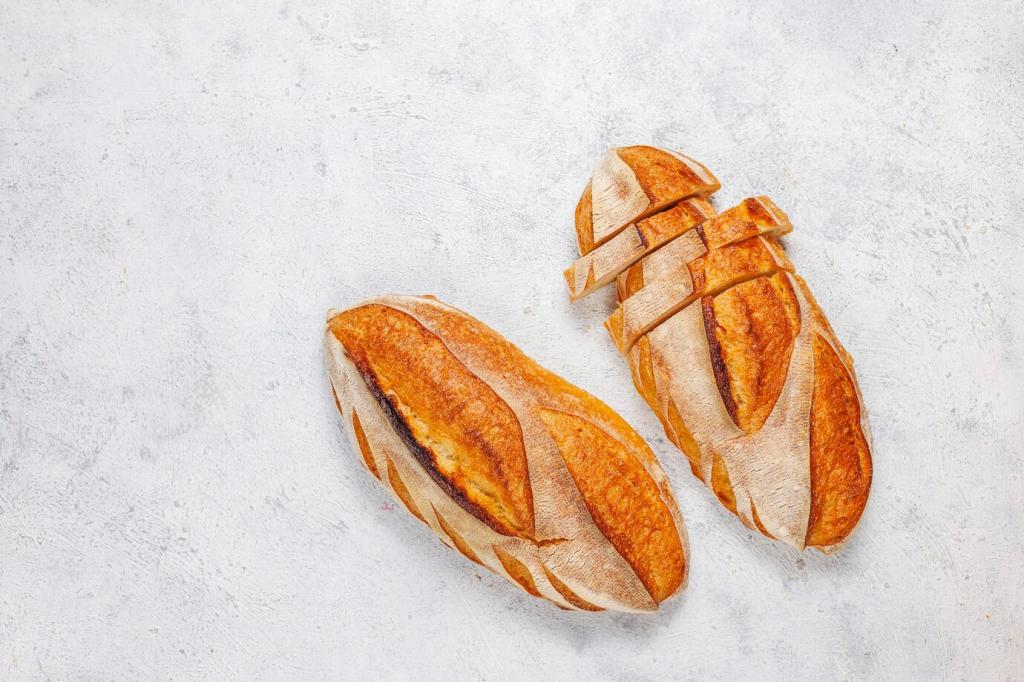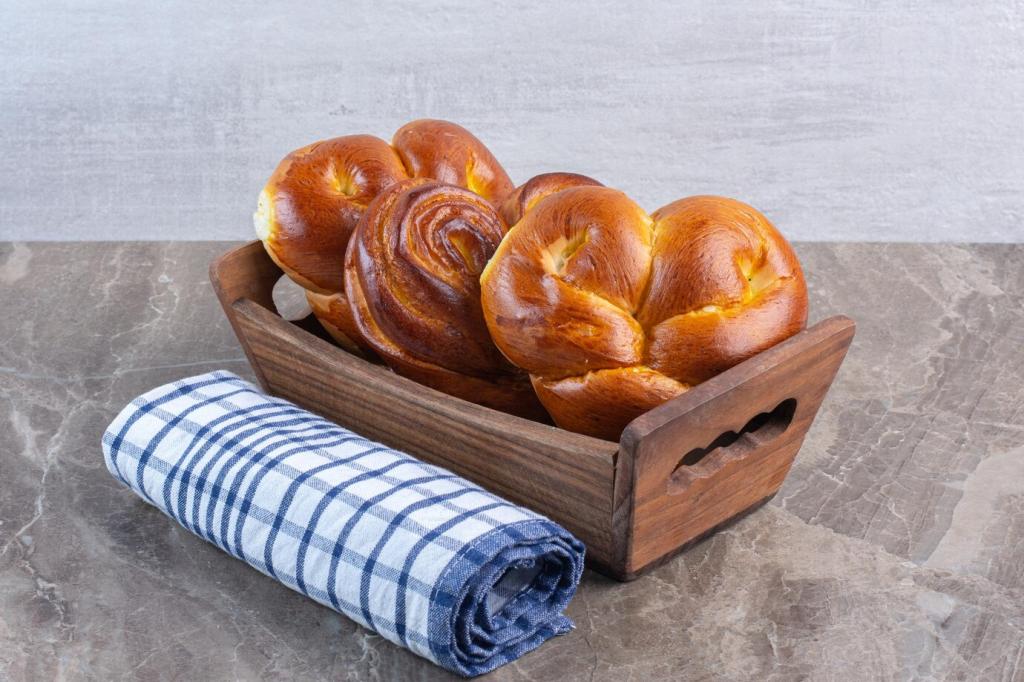Fermentation and Proofing: Timing That Tastes Like Patience
Look for 60–80% rise, smoother surface, and a softly domed top. Poke tests should spring back slowly. These signals tell you more than any timer ever will, especially when humidity and flour vary between kitchens.
Fermentation and Proofing: Timing That Tastes Like Patience
An overnight proof in the refrigerator slows fermentation, concentrates flavors, and enhances scoring. It also makes a busy schedule manageable, turning the morning bake into a calm, fragrant ritual instead of a rush.




